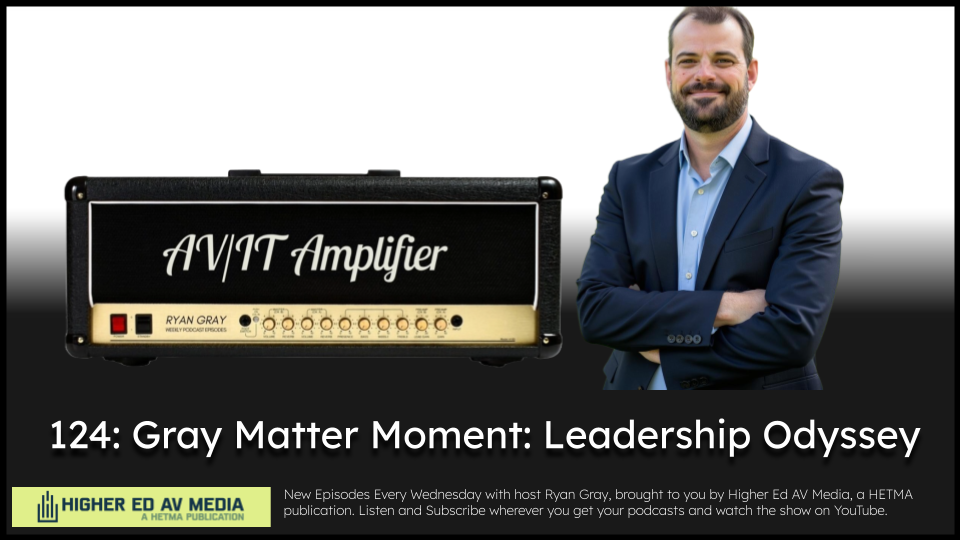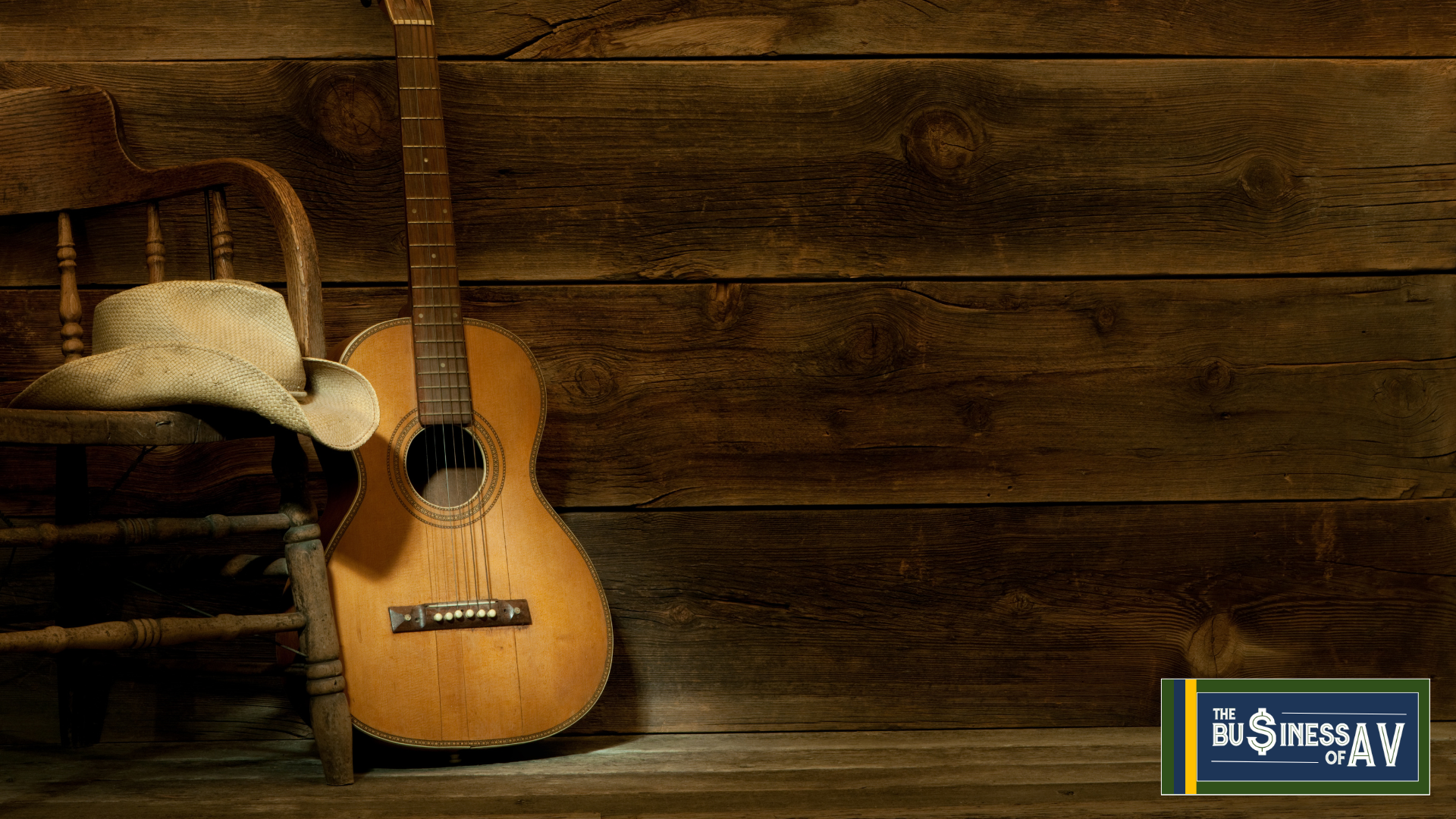Gain structure isn’t glamorous. Nobody ever came back from a summer install excited to brag about how well they set their input trims. But if you’ve ever sat in the back of a classroom wondering if the instructor is mumbling or if the system is just set wrong, you know how critical it is. Good gain structure is the difference between clean, intelligible sound and a semester of “Can you repeat that?”
“Good gain structure is the difference between clean, intelligible sound and a semester of ‘Can you repeat that?’”
My friend Mike Gunderson over at Highland Community College has a great way to explain it (that I have “borrowed”): the garden hose theory. The gain knob is the outlet on the wall. The fader or slider is the nozzle at the end of the hose. If the outlet at the wall is barely cracked open, the nozzle has nothing to work with—you only get a weak trickle. But if the wall outlet is wide open, the nozzle can’t fine-tune anything; it just sprays uncontrollably. The trick is to balance the flow so the nozzle can do its job. Same with audio: proper gain staging ensures your faders have room to breathe and your system works smoothly.
Now, let’s get a little more technical. Proper gain means delivering a strong enough signal to sit comfortably above the noise floor without pushing it so hard that you hit the ceiling. That ceiling is where clipping lives, and in digital systems, clipping isn’t just ugly; it’s catastrophic. Analog clipping rounds off waveforms and adds distortion, which can sometimes be described as “warm” (if you’re feeling generous). Digital clipping, on the other hand, is merciless. Once you drive a digital input past 0 dBFS, the waveform is chopped flat at the top like a lawnmower over a flower bed. There’s no forgiveness, no subtle distortion, just harsh, brittle crackle that ruins recordings, wrecks intelligibility, and makes students wonder if the AV system is possessed.
Clipping doesn’t just hurt ears; it can hurt hardware. When a waveform is clipped, those smooth sine curves flatten into square-like tops. A square wave isn’t just distorted sound; it’s a stress test for your speakers. Because square waves hold the output at maximum voltage longer than normal, they dump far more heat into the speaker’s voice coils. Add in the unnatural high-frequency content they generate, and you’ve got tweeters being fed energy they were never designed to handle. The result? Overheating, coil burnouts, and tweeters that give up the ghost mid-lecture. Woofers aren’t safe either, since the sustained flat power can bottom them out and stress mechanical limits. Put simply: square waves don’t just sound bad, they cook speakers from the inside out.
“Clipping doesn’t just hurt ears; it can hurt hardware.”
That’s why the garden hose analogy is so spot-on. If you start with a manageable flow at the “wall” (your input gain), the rest of the chain—the nozzle, the DSP, the amps—can all do their jobs cleanly. But if you crank that gain to eleven, you’re not just making it louder; you’re choking every stage downstream with a distorted, unusable signal. And no amount of DSP trickery or fader riding will ever fix digital clipping once it’s baked in. Garbage in, garbage out.
So the next time you’re setting up a classroom or an event space, don’t just look at the faders and say, “Looks fine.” Go upstream. Set your input trims correctly, check your meters, and make sure you’re feeding your DSP and amps a signal they can actually use. Your recordings will thank you. Your students will thank you. And your future self, who doesn’t have to explain why the lecture capture sounds like a bad AM radio station, will thank you.






![brAVe [space] Leading with Heart Tammy Fuqua](https://higheredav.com/wp-content/uploads/2025/12/brAVe-space-Leading-with-Heart-Tammy-Fuqua.png)



